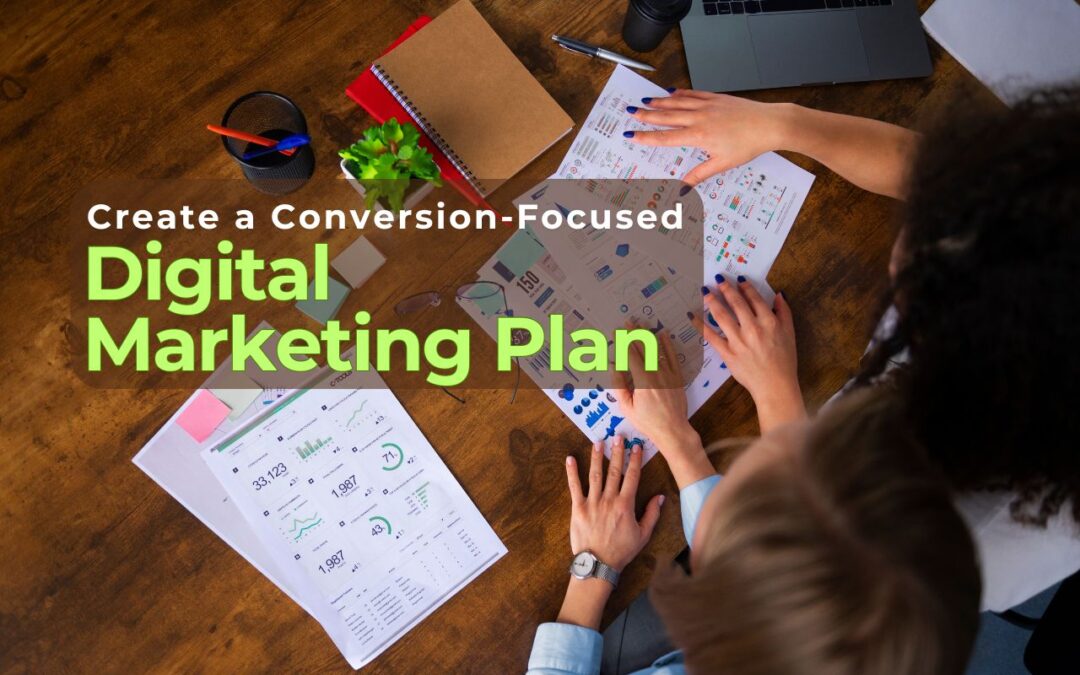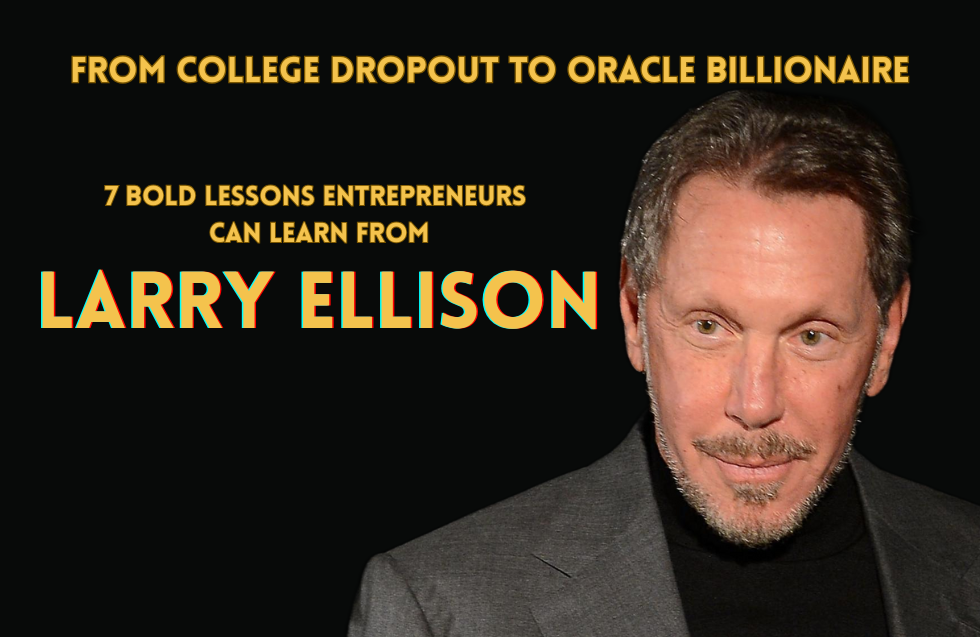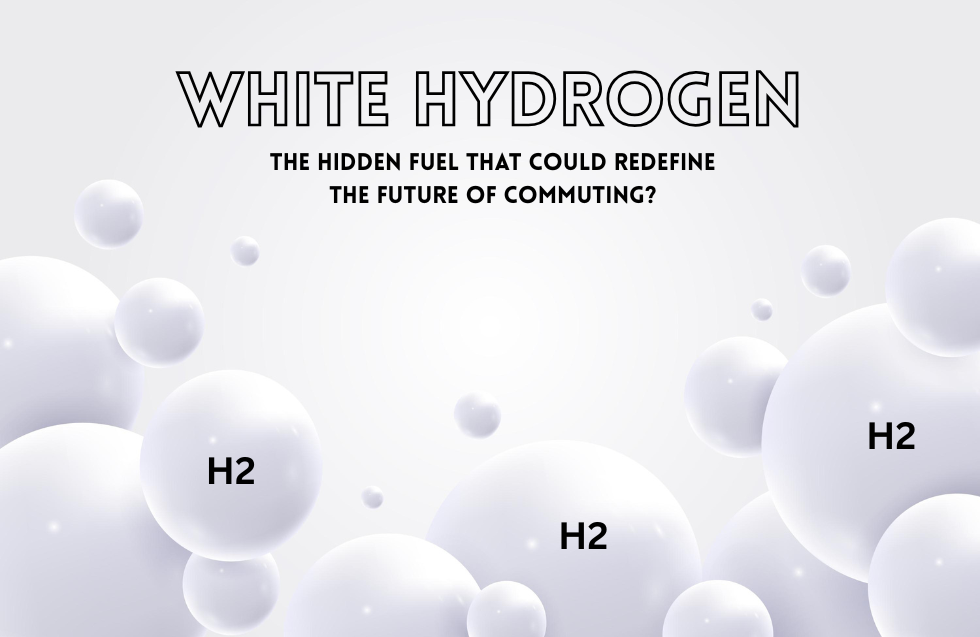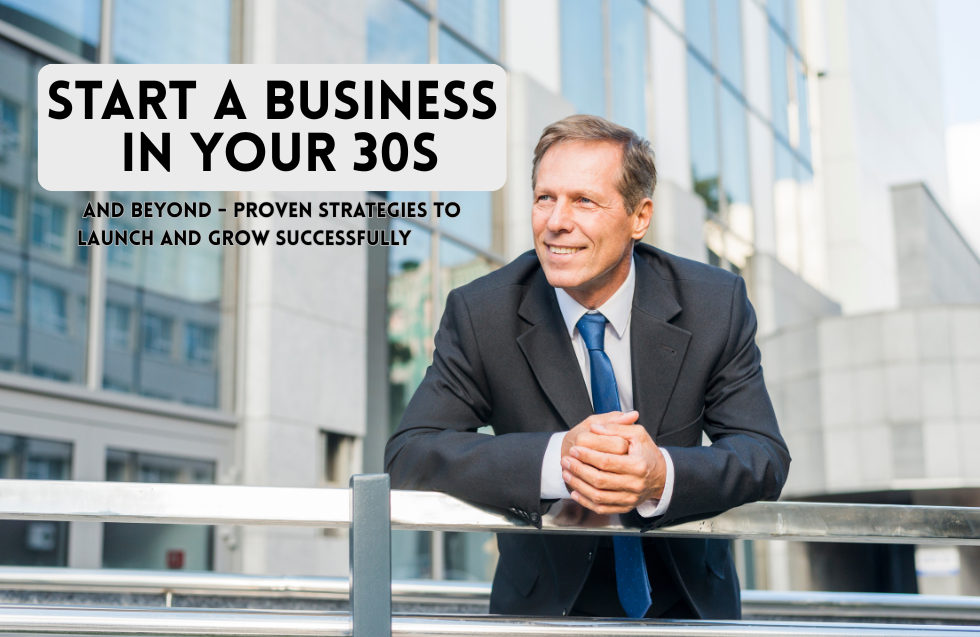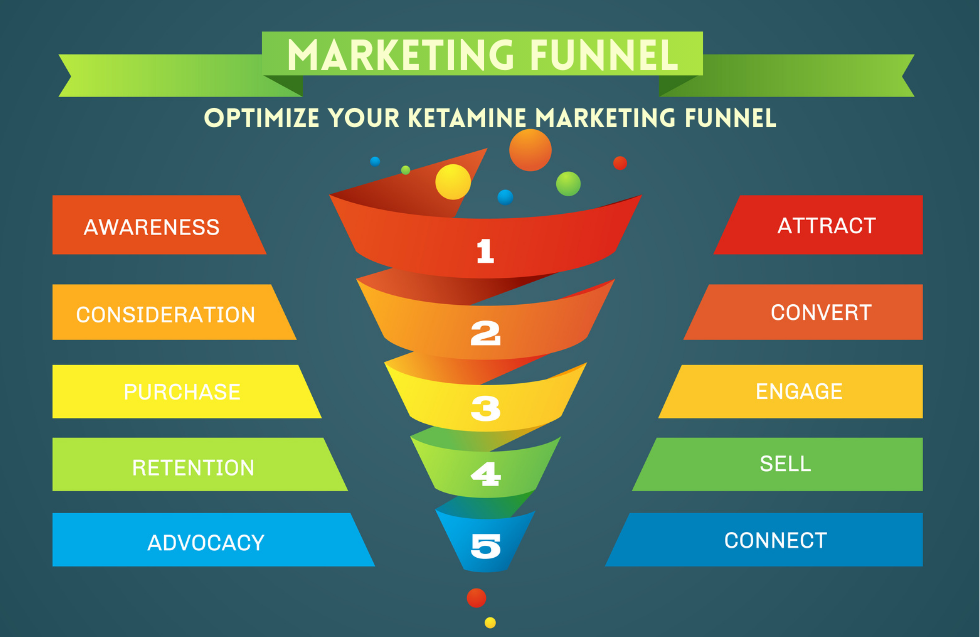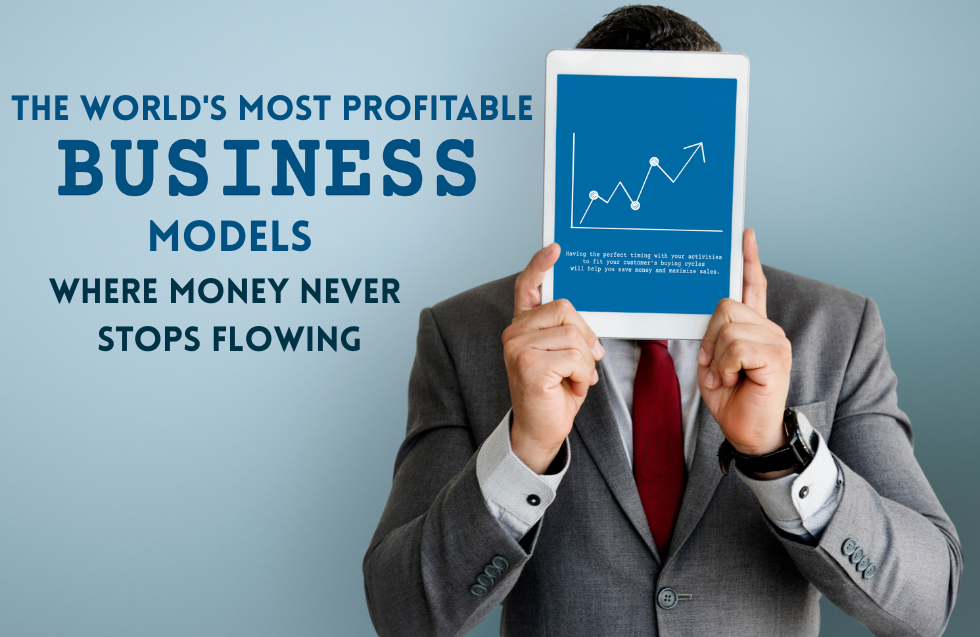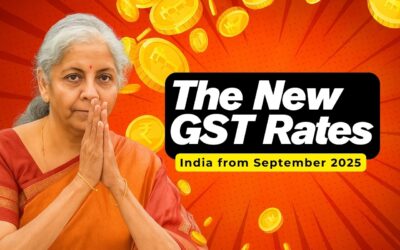In today’s highly competitive digital landscape, generating traffic alone is not enough. The true measure of a successful online presence lies in the ability to convert that traffic into meaningful actions—whether it’s sales, sign-ups, downloads, or inquiries. That’s where a conversion-focused digital marketing plan becomes essential.
Building a strategy that prioritizes conversions from the very beginning ensures that your efforts translate into measurable business results. This blog dives deep into how you can craft such a strategy, ensuring that every step you take online leads your audience one step closer to becoming loyal customers.
Understanding the Foundation: What Is a Conversion?
Before creating a conversion-focused digital marketing plan, it’s crucial to understand what a “conversion” means for your business. A conversion occurs when a website visitor completes a desired action. This could be:
- Making a purchase
- Filling out a form
- Subscribing to a newsletter
- Downloading a resource
- Requesting a quote
- Engaging with content meaningfully
Your specific business model will determine your primary conversion goals. Knowing this helps define the metrics you will track and optimize for throughout your marketing plan.
Start with Clear Objectives and Targeted Goals
Every effective digital marketing strategy begins with clear, specific objectives. You cannot improve what you don’t measure, and you cannot measure what you haven’t defined. The objectives you set must be aligned with business outcomes.
Some examples of strategic conversion-focused goals include:
- Increasing online purchases by a certain percentage within a defined time frame
- Growing the subscriber list by a fixed number
- Improving the number of demo requests or consultations
Once you’ve set goals, break them down into actionable metrics. Focus on measurable KPIs such as conversion rates, bounce rates, session durations, click-through rates, and lead quality.
Know Your Audience Inside Out
Conversions only happen when messaging, offers, and experiences are aligned with the needs of the audience. You must deeply understand who your ideal customers are—what they want, what challenges they face, and how your solutions fit into their lives.
This requires building detailed customer profiles based on:
- Demographics (age, gender, location, profession, income level)
- Psychographics (values, beliefs, motivations)
- Behavioral insights (buying habits, search behavior, engagement patterns)
The more nuanced your understanding, the more precisely you can tailor your messaging, content, and offers to resonate and convert.
Craft a Value-Driven Content Strategy
Content plays a pivotal role in guiding potential customers through the conversion funnel. Whether it’s blog posts, landing page copy, videos, or email content, everything should work toward moving a user from awareness to action.
A content strategy focused on conversions should include:
- Educational content to build trust and authority
- Persuasive storytelling to appeal emotionally and logically
- Clear value propositions to highlight benefits over features
- Strong calls-to-action (CTAs) to direct user behavior
- Answer-driven FAQs to reduce friction and hesitation
Each piece of content should have a single primary goal—don’t overload a page with too many CTAs. Keep the user journey simple and focused.
Optimize Landing Pages for Maximum Conversions
Landing pages are critical conversion points. They often serve as the final decision-making space for your users. A high-converting landing page must be streamlined, persuasive, and distraction-free.
Key elements include:
- A powerful headline that captures attention
- Sub-headlines that reinforce the message
- Bullet points that break down key benefits
- High-quality visuals that enhance credibility
- Minimal form fields to reduce resistance
- Trust elements such as testimonials or guarantees
- Prominent and action-driven CTAs
Consistency between your ad messaging and landing page content is also crucial. Any disconnect can cause users to bounce before converting.
Leverage Email Marketing to Nurture and Convert
Not every visitor is ready to convert on the first interaction. That’s why email marketing plays a vital role in conversion-focused planning. Through a well-structured email series, you can:
- Educate prospects over time
- Address objections or hesitations
- Offer time-sensitive deals or limited offers
- Personalize recommendations based on behavior
The key is to avoid overwhelming users. Instead, focus on segmenting your audience and sending relevant, timely messages that speak directly to their interests and behavior.
Create a Seamless Multi-Channel Experience
Modern users interact with brands across multiple platforms—websites, social media, search engines, mobile apps, and more. A conversion-focused plan must ensure that these interactions are consistent and seamless.
Make sure your brand experience across all platforms is:
- Visually cohesive
- Message-aligned
- User-friendly on both desktop and mobile
- Integrated in terms of data and tracking
Also, be strategic about the role each channel plays in your funnel. Social media may be better for awareness and engagement, while search campaigns might drive direct conversions. Email might nurture those who aren’t ready to act immediately.
Optimize for Mobile Conversion
An increasingly large portion of online users interact with brands via mobile devices. If your strategy isn’t mobile-first, you’re leaving conversions on the table.
Ensure that:
- Your website and landing pages load quickly on mobile
- CTAs are easy to click with thumbs
- Forms are short and optimized for smaller screens
- Navigation is intuitive and doesn’t require zooming or scrolling
A frictionless mobile experience can significantly increase the likelihood of conversions, especially in industries where quick decisions are common.
Use Psychological Triggers and Behavioral Insights
Conversion optimization is deeply tied to psychology. Understanding what drives human behavior allows marketers to tap into the emotions and cognitive patterns that lead to action.
Some effective triggers include:
- Urgency: Limited-time offers, countdowns, “only X items left”
- Scarcity: Exclusive deals, limited availability
- Social proof: Reviews, testimonials, and user-generated content
- Reciprocity: Offering value upfront (like free guides) to increase return actions
- Authority: Citing credible sources, displaying certifications
- Consistency: Encouraging small commitments that lead to bigger actions
These elements don’t manipulate users but rather address their subconscious decision-making processes.
Continuously Test, Measure, and Improve
No conversion-focused plan is ever perfect from day one. Continuous improvement is critical. This means setting up systems to test, measure, and refine every element of your digital marketing plan.
Areas to test include:
- Headline variations
- CTA placements and wording
- Landing page layouts
- Ad creatives
- Email subject lines and content
- Form lengths and field types
By observing real-world user behavior and metrics, you can fine-tune your campaigns to maximize results. Always test one element at a time to clearly understand what drives the changes in conversion rates.
Align Marketing and Sales for Unified Conversion Goals
A common reason for poor conversions is the disconnect between marketing and sales teams. If both departments are not aligned in their definition of a qualified lead and the user journey, many conversion opportunities can fall through the cracks.
Make sure that:
- Sales provide feedback on lead quality and behavior
- Marketing tailors messages to match the sales process
- Both teams agree on lead scoring criteria
- There’s a follow-up process in place for high-potential leads
When both teams work together toward shared KPIs, the chances of driving successful conversions improve dramatically.
Eliminate Friction in the Funnel
Friction points are any elements that confuse, frustrate, or slow down a user from converting. These could be:
- Slow-loading pages
- Confusing navigation
- Too many form fields
- Lack of information or clarity
- Inconsistent messaging
By conducting regular audits of your funnel—from the ad click to the thank-you page—you can spot and eliminate these roadblocks. The smoother the experience, the higher the conversion rate.
Prioritize Trust and Transparency
Trust is the backbone of conversions. If users don’t feel confident in your offer or your brand, they won’t take the next step—no matter how optimized your funnel is.
Build trust through:
- Transparent pricing and policies
- Clear contact information and support access
- Real testimonials and reviews
- Secure browsing experiences (such as encrypted forms)
- Ethical messaging that doesn’t exaggerate or mislead
Transparency not only boosts conversions but also reduces refunds and buyer’s remorse, leading to better long-term results.
Plan for Long-Term Relationship Building
Conversion is not the end—it’s the beginning. Once a visitor becomes a customer, your next goal should be retention, upselling, and advocacy. A truly conversion-focused plan doesn’t stop at the first sale.
Post-conversion strategies should include:
- Thank-you pages with next steps or bonus offers
- Onboarding emails and guidance
- Loyalty programs
- Satisfaction surveys
- Requesting reviews or referrals
These efforts encourage repeat conversions, enhance lifetime value, and turn customers into brand advocates.
Final Thoughts
Creating a conversion-focused digital marketing plan requires more than just tactics—it demands a shift in mindset. Every step of your strategy, from audience research to post-conversion follow-up, should be crafted with the intent to lead your audience toward meaningful action.
By aligning your goals, understanding your customers, optimizing your digital experiences, and relentlessly testing and improving, you can create a strategy that doesn’t just attract attention, but transforms it into tangible results.
Digital marketing should never be about vanity metrics. It should be about outcomes. And those outcomes should always serve your business growth.
Let your Digital Marketing Plan speak with purpose, convert with precision, and evolve with insight.
